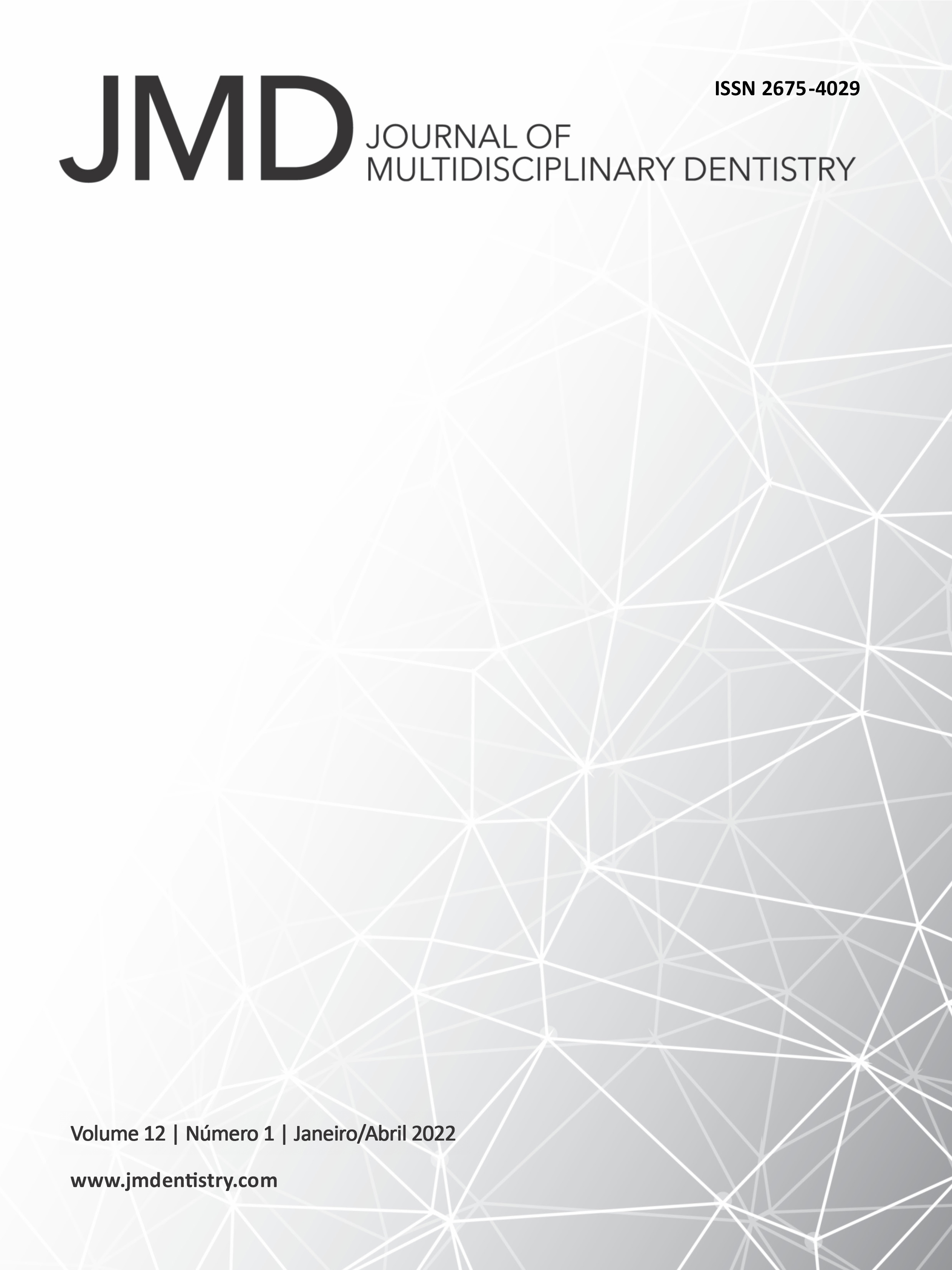Accidents with sodium hypochlorite in endodontics: a literature review
DOI:
https://doi.org/10.46875/jmd.v12i1.957Keywords:
Endodontics, Sodium hypochlorite, AccidentsAbstract
Endodontic therapy uses sodium hypochlorite for decontamination of root canals. This paper presents a literature review on accidents that can occur during endodontic treatment, as well as the protocols required in these situations. Sodium hypochlorite is a low-cost and very effective solution for decontaminating the root canal system. Available in various concentrations, hypochlorite can be extremely irritating to periapical tissues in higher concentrations and can cause severe pain, edema, inflammatory reaction, necrosis, paresthesia and even allergic reactions. There is no single protocol to be followed in this type of situation, however, the most recommended is to vacuum the area and wash it with sterile saline solution. The dentist must act to control pain, swelling and prevent infections. The most effective way to avoid these situations is prevention. It is of fundamental importance that the dental surgeon adopts measures to prevent possible accidents: respect for the length of work, control of irrigation pressure and adequate aspiration.


